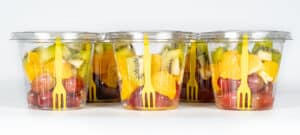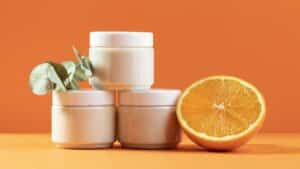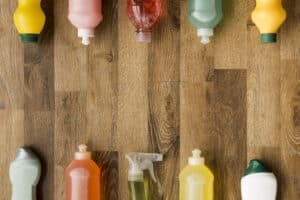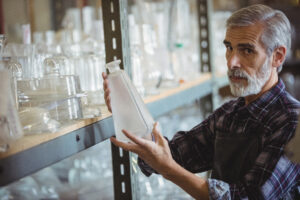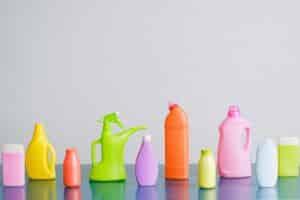In 1973 when Nathaniel Wyeth invented and patented Polyethylene Terephthalate (PET), he couldn’t have imagined what a cross-cultural phenomenon the PET bottles would become today?
Whether it is hated or loved by the masses, it is an ever-present entity in our lives. However, the plastic bottle has had a turbulent history while bringing benefits like affordability, recyclability, durability, non-reactivity with chemicals, convenience, and even survival for third world countries without natural clean water resources.
While in some areas of the world, plastic has a really bad reputation;
It has starred as a trendy fashion accessory for models as well as the material itself for innovative and sustainable fashion costumes. Today, Recycled PET serves as raw material for the production of pharmaceutical drugs, household items, cosmetics, ink cartridges, and even building material for houses.
This article explores opportunities and threats for stakeholders (for example, PET bottle manufacturers, investors of PET bottles, consumers, recyclers, etc.) involved in different aspects of the PET bottle life cycle. It explores the pros and cons of the industry for individuals in the industry and outside of it.
What are the merits and demerits for manufacturers, investors, plastic engineers, retailers, wholesalers, marketers, third world countries, policymakers, recyclists, and end-customers (hailing from different segments of the world) brought forth by innovation, regulation, demand for recycling, and the pandemic?
The life of the PET bottle has touched many lives indeed!
A Quick Guide
- The Brand Image of Plastic PET Bottles Then and Now
- The Industry Then
- The Industry Now
- Opportunities in the PET Bottles Market
- The Threats to Stakeholders, Inside and Outside the PET Bottles Industry
- The debate about Recycled Vs. Reduce Affecting the PET Industry
- Feasibility of Alternative Packaging
The Brand Image of Plastic PET Bottles Then and Now
You could say that plastic PET bottles came from humble origins. And came a long way to accomplish the glory it has made in the world until today!

The Industry Then
Initially, Perrier, Evian, PepsiCo (with Aquafina), and Coca-Cola (with Dansani) stood as the giant brands of the food and beverage industry who were quick to adopt PET bottles into their ecosystem before the turn of the 21st century.
They reformed their systems and streamlined operations, taking advantage of the affordable mass production technologies made available by PET to yield high profits.
Did you know?
With time, the bulk supply of plastic empty PET bottles made available by efficient manufacturers and engineers. Ensuring that these monetary and non-monetary benefits could help food and beverage providers of large conglomerates as well as SMEs and micro-enterprises in a growing market segment.
PET containers include plastic jars with lids, masons jars, cosmetic jars, dropper bottles, pill bottles, essential oil bottles, etc. However, it was mineral water plastic bottles that saw the highest growth.
The Industry Now
Thus, today when we look at the plastic industry, it becomes apparent:
- Every 60 seconds, a million plastic beverage bottles get purchased by consumers worldwide (The Guardian 2017).
- 75% of plastic containers in the market are bottles and jars of all sorts (Plastics Industry Association).
The reasons why PET plastic bottles stood out from the crowd are obvious to market experts. As mentioned above, it has various benefits such as thermal stability, durability, recyclability, affordability, non-reactivity to chemicals, and convenience. You can utilize the product life cycle of the plastic PET bottle fully if recycling processes get streamlined.
Thus, forming an industry, a culture, a movement around the PET plastic bottle (specifically the PET water bottle). Today, China and India are huge consumers of beverages in PET bottles produced or imported to the countries. It showed a boom of job opportunities for stakeholders at every step of the PET bottle life cycle.
Opportunities in the PET Bottles Market
These are the market drivers of the PET bottle industry today (IMARC Group 2021):
- Perpetually evolving technologies. They allow manufacturers to produce green PET products under low energy consumption. They also allow scientists and engineers to invent new ways of recycling PET.
Today, PET bottles get revamp again to go through the life cycle or disintegrated to produce ink cartridges, pharmaceutical drugs, cosmetics, roof tiling, etc.
- Rising dependency of the end-customer on convenient food and beverage sources. Since more and more consumers are too busy with corporate lifestyles, ready-made food and beverages that usually come in plastic packaging are on the rise.
- Rising tendencies in the Global South to adopt westernization. Consumerist culture is in full swing in the modern world. While opportunities for indulging in products might be sparse for end-customers in developing countries, they are on the rise.
- The versatility of PET bottles suppliers in producing unique containers. That varies in terms of size, color, shape, utilitarian value, etc.
- Packaging regulations changes that are happening in countries like Germany have made FreshSafe PET interior coating possible. These coatings streamline the recycling process further.
While these positive impacts will make one feel like all is well. But there is always a downside.
The Threats to Stakeholders, Inside and Outside the PET Bottles Industry
There is a growing discontent against the environmental pollution (garbage piling) by PET bottles that are not recycled and reused.
Unregulated mass production at an accelerated rate within a few decades has created;
- inefficient recycling systems,
- wasteful consumers who use PET bottles haphazardly,
- plastic blockages in urban areas,
- plastic dumping in nearly all the oceans,
- and paranoia about the efficiency of using PET for food packaging.
The debate about Recycled Vs. Reduce Affecting the PET Industry
National Geographic calls the brand reformation of plastic the miracle container turned hated garbage.
The main argument seems to be between whether countries should push for a restructured plastic industry that is holistic and sustainable (achieving 100% recycling rates) or if they should push to reduce and eventually ban plastic altogether (100% plastic ban).
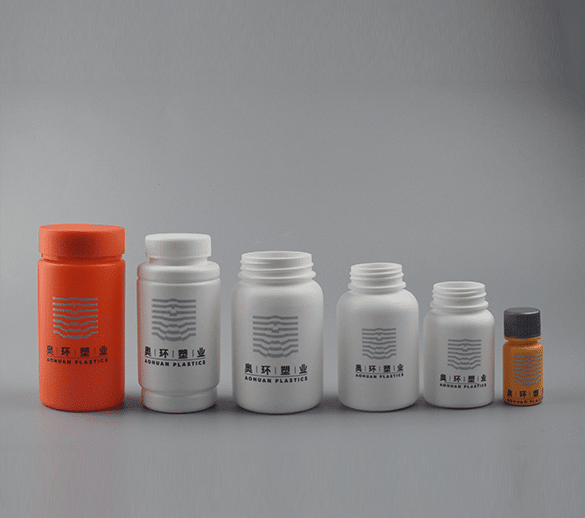
While small towns in developed countries (for example, Concord, Massachusetts, and Bundanoon, Australia) may be able to afford reformations that ban plastic altogether, this will cause catastrophic consequences for stakeholders in third-world countries and elsewhere.
How will millions of manufactures, factory workers, intermediaries, logistics agents, investors coming from varied socio-economic backgrounds, and all industry sectors be able to sustain good living conditions when affordable packaging is no longer available?
And can the switch to alternative packaging be made possible in the near future without adverse consequences?
Feasibility of Alternative Packaging
There are alternatives to plastic packaging such as metal (aluminum, stainless steel, and other alloys), glass, paper, organic material, and many more. But, they also come with various drawbacks.
- How will a rural shop owner switching from plastic to metal bottles be able to afford it? Perhaps, the fraction of a dollar difference in the cost for a single metal bottle that may adversely affect his living conditions?
- How will clean drinking water be made available for the population in countries with water scarcity and heavy metal poisoning, and pollution in their water bodies without plastic mineral water bottles that quench the thirst of millions?
- Can the planet afford the environmental pollution caused by glass bottles that take a million years to decompose?
- How will a mass scale switch to organic packaging such as seaweed packaging affect marine life when seaweed gets extracted at a rate the oceans cannot handle?
Extreme courses of action are unsuitable for a country, depending on its socio-economic factors, are unsustainable or not.
Therefore:
- Policymakers should not push for regulatory practices that may be unsuitable for a particular country. They should carefully look at the threats to all stakeholders involved and make reformations.
- And the need to reexamine their attitudes concerning effective plastic management.
The question you need to ask:
How does the PET industry move forward in a post-pandemic world where stringent lockdowns have already made large-scale losses for various manufacturing companies and their numerous employees?
These are the opportunities and threats to stakeholders of the PET bottle life cycle.
Contact us
Therefore, if you are looking to buy wholesale plastic bottles that are recyclable and reuseable at an affordable price. Then Aohuan plastics is your ideal choice, we provide the best PET bottles you can find. Because we make them with the best raw materials that would not bring you any health defects while using them. We are a leading PET bottles supplier in China while also delivering our products all over the world. Thus contact us and get all the information regarding bulk buying at the best prices that you won’t find anywhere else.


